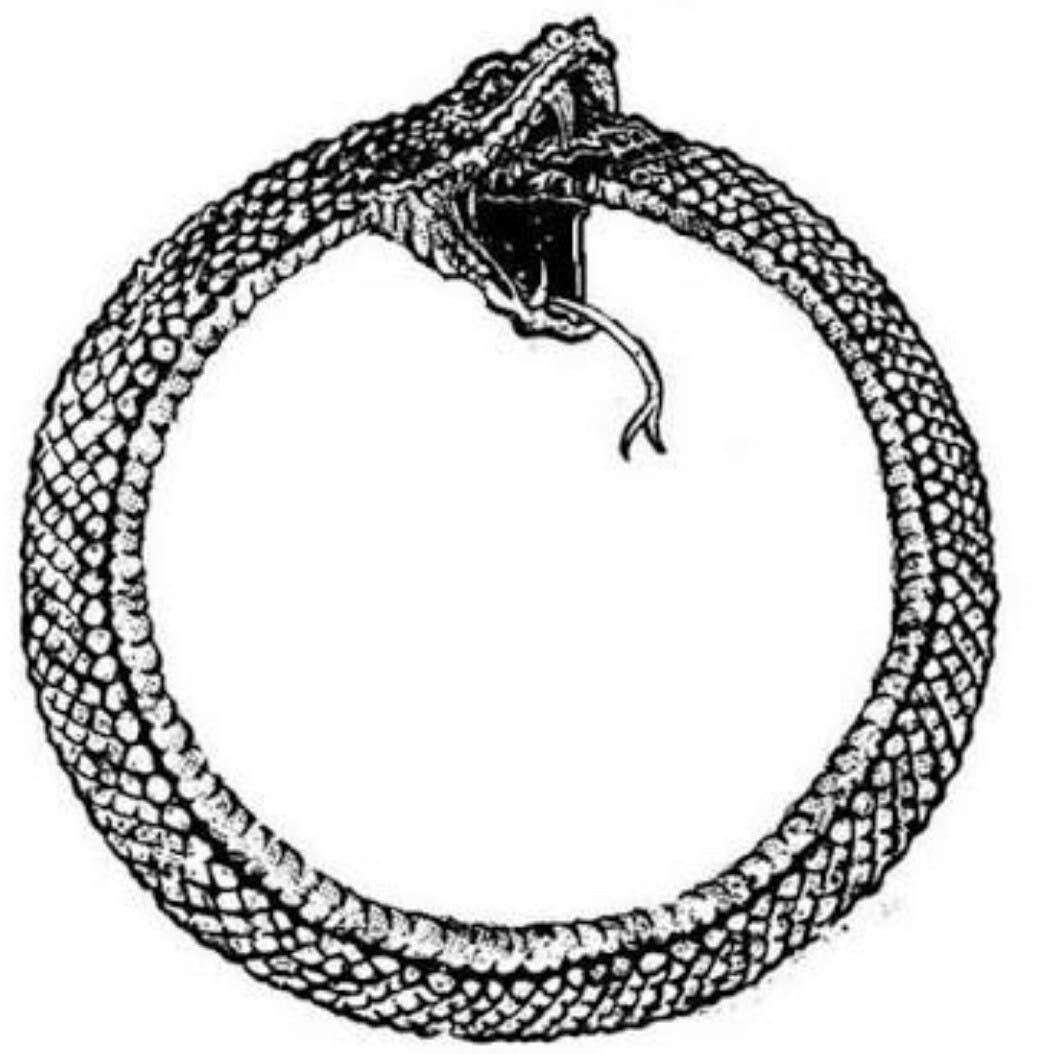Snakes are misunderstood. They are often villainized and characterized as threatening, scary, even evil. Sure, some of them are poisonous; it’s wise to keep a wide berth if you find yourself moseying about with a venomous snake. However, can we take a moment to suspend our survival instincts and take a humbling look at the symbolism of snakes?
Why is it that the snake has earned such a prominent role in mythology, symbolism and sacred scripture?
Growth isn’t always comfortable, folks. Despite (or perhaps because) of any resistance, let’s take a look at one of those frightening symbols that so many shy away from (perhaps, by design).
East Meets West
First, let’s acknowledge the Eastern perspective of snakes, as represented in the ancient Hindu texts. The Sanskrit word ‘Kundalini’ translates to a ‘coiled snake’ of divine feminine energy that is believed to be located at the base of the spine, within each human body. Within the Vedas, there are different practices and modalities described to ‘awaken’ this energy and encourage the flow of energy to move up the spine.
Now let’s look at Western serpent symbology, within the context of the Garden of Eden. Remember this terrestrial paradise depicted in the Genesis story? Well, for anyone who needs a biblical refresh, there was a beautiful garden filled with all of the bountiful gifts on the Earthly plane. Adam and Eve explored the garden, and were met by a serpent who encouraged them to eat the fruit that God had explicitly forbidden them to eat. Verbally seduced into eating the fruit off the Tree of Knowledge, Adam and Eve were banished from the garden at the cost of their hunger for God-like awareness of good and evil.
Their inability to resist the physical temptations meant that Adam and Eve were relegated to eternal damnation in hell. Rough hand, right? Well, if accurately interpreted, we can see this as an invitation to come into a better relationship with our own inner serpent, so we’re not dancing with danger in the biblical sense. If scripture is providing an allegory that can be decoded for our modern application, how do we transform this information to aid us in our spiritual journey?
Bridge to a New Reality
Now, let’s dive into the middle way, where East meets West, shall we? What does it mean for us to acknowledge the snake that dwells within us? Forget the deceptive serpentine seductress in the Garden of Eden; look inside and try to find that part of you that has innate access to our own divinity.
What if you were the apple of your own eye, able to feast on the fruits of your own inner garden? This feast requires work, dear friends; we must plant healthy seeds, tend to them properly and lovingly, and practice patience as the cultivation process occurs.
The snake provides a path to transformation, and let’s face it, transformation isn’t always easy. Sometimes we have to face the scary, we have to taste our own medicine. Snakes possess both the venom and the antivenom; we, too, contain both the ingredients for our own demise and self-sabotage, as well as the ingredients for our own transformation and blossoming.
The spiritual journey is not always a smooth, well paved road. There are often bumps and detours along the transformational path, and it’s imperative that we cultivate the adaptability, the resilience, and the adept grace to forge on when the going gets tough. When something triggers fear in you, let it serve as a growth indicator; that which we are fearful of can usually provide an opportunity for transformation.
Entering this path of transformation is usually prompted by one’s own intuitive calling. So, if you’ve heard the call and wish to jump into the driver’s seat of your life, join us for our upcoming Spiritual Intuition class, where we’ll apply a lot of this knowledge to amplify our God-like gifts!


